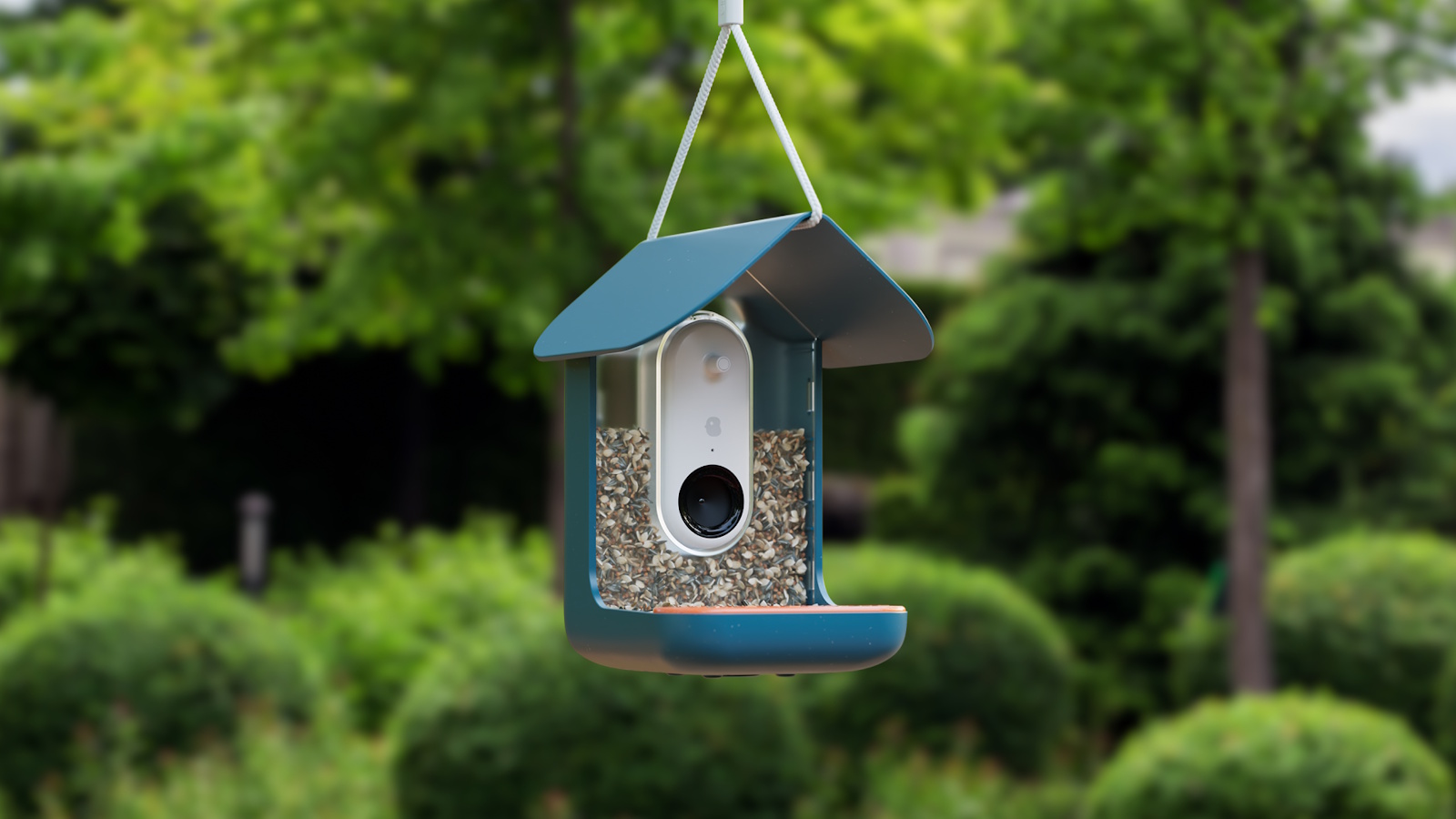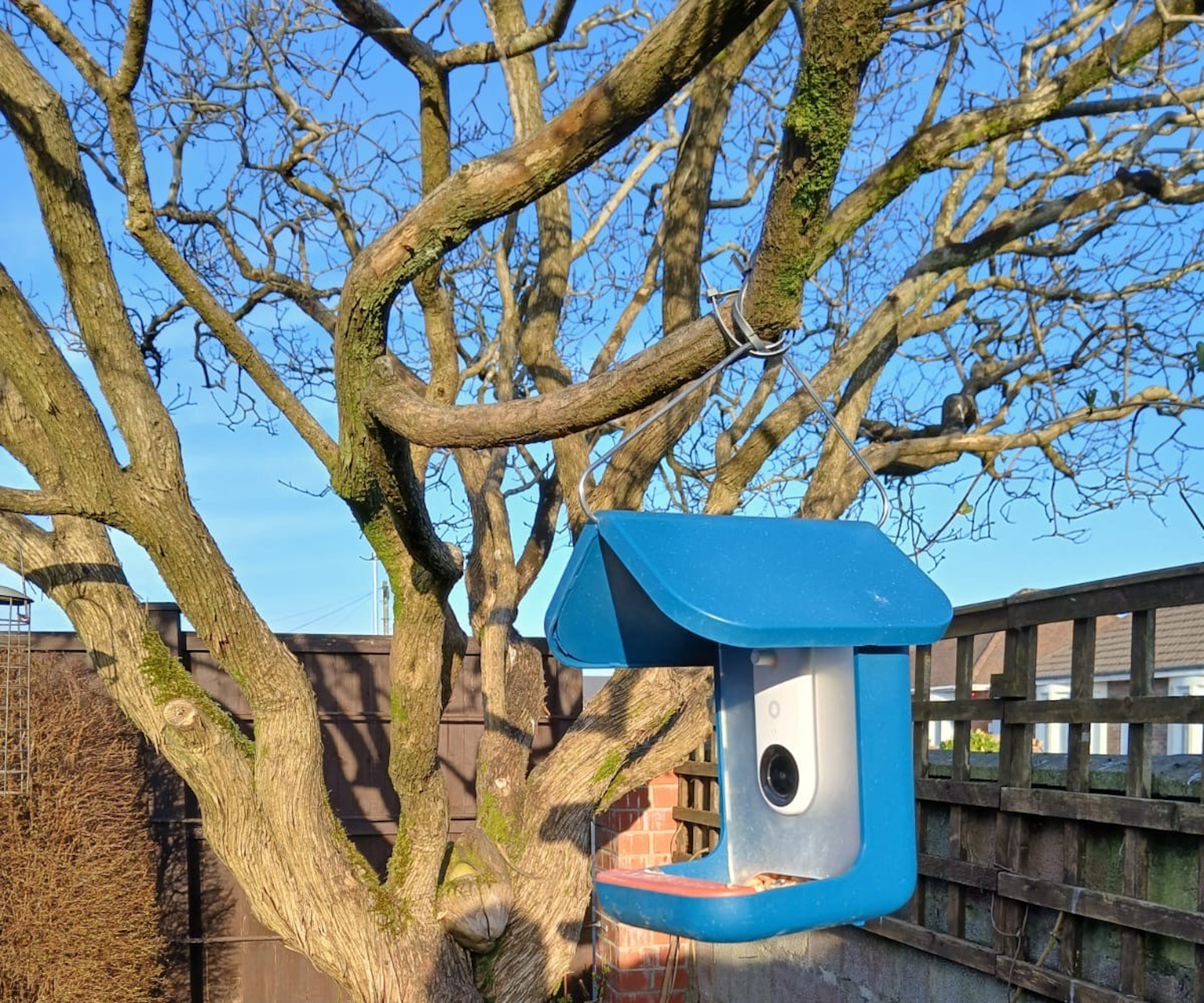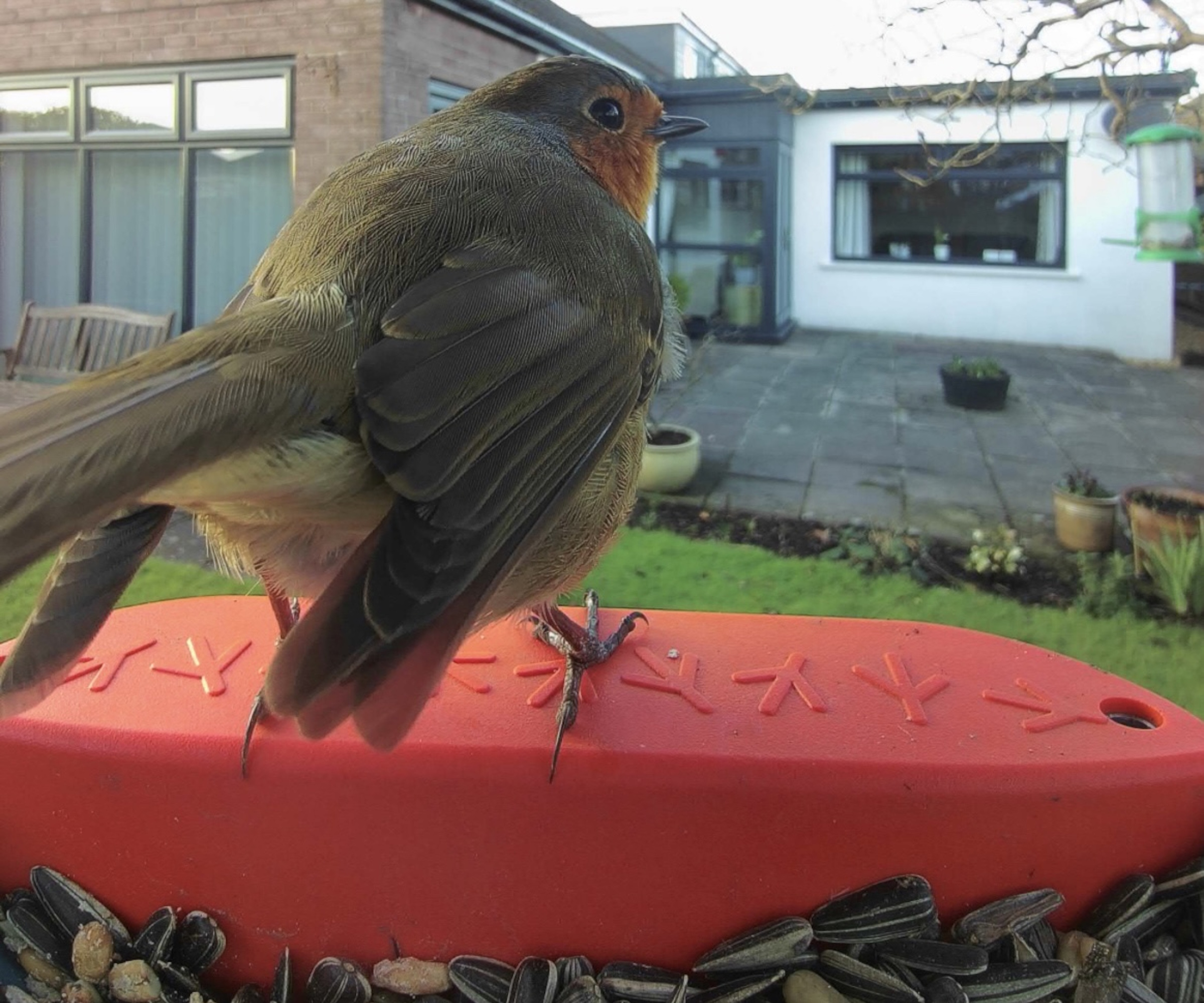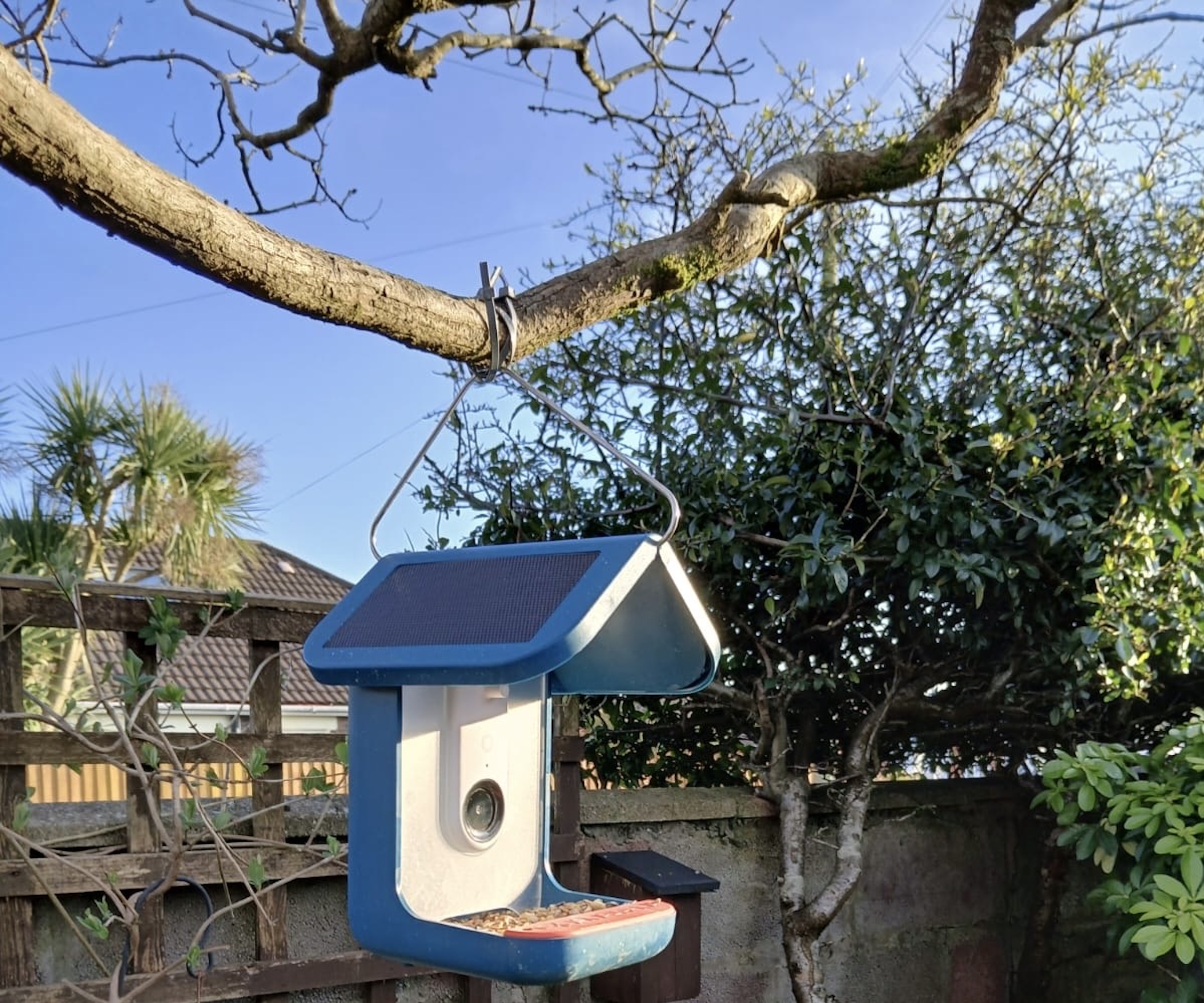
Since December, I have been testing the Bird Buddy 2.0 in my garden in Wales. While winter is typically a quieter season for bird activity, there remains a need for reliable feeding stations. And, despite it being the off-season for bird watchers, this smart bird feeder camera has already impressed me with its ability to capture close-up, high-definition images.
As a keen gardener and birdwatcher, I was curious to see if this latest version could live up to the hype. In truth, I had some reservations before testing the Bird Buddy 2.0 - does AI technology remove some of the skill and joy from traditional birdwatching? While I think I'll always enjoy a good pair of binoculars and a well-worn field guide, there is no denying that this gadget is a fascinating new way to observe birds.
In the UK, we have had a dark and cold start to 2025, but during this time I have put this bird feeder camera through its paces, testing how it handles fluctuating bird activity and getting to grips with the practicalities of installation and day-to-day use. In this review, I share my honest thoughts on Bird Buddy 2.0.
Using the Bird Buddy app, you can access your smart feeder camera in real-time, watching live as birds feed in your yard. The AI technology can help to identify new species, while the camera is designed to capture high-resolution images and videos that you can share with birdwatching friends.
Specifications
Installation

Setting up the Bird Buddy 2.0 was a straightforward process. Firstly, it requires charging, which takes about four hours. The flashing LED light is very faint, proving hard to see in daylight, but it turns from red to green when charged. The solar roof add-on is a simple attachment that neatly clips onto the product, and during the sunny months of the year will doubtless prove useful.
Connecting to Wi-Fi was simple enough, although it did take a few attempts to eventually sync. It helps to be close to the Wi-Fi box, although Bird Buddy claims that its products have a 100-foot wireless range. Luckily for me, the chosen feeder location was about 30 feet from the receiver, and I have, thus far, had no issues with connection.
There are standard pole mounts or Bird Buddy wall mounts, available from Amazon, however, I opted to use the branch attachment with some wire, which meant the device could be positioned within the canopy of an old lilac tree in the yard. When the tree comes into leaf in April, the gadget is subtle enough to blend in. There is a yellow version available, which might be your thing, but I prefer a feeder that is less of an attention-seeker for my wildlife garden ideas.
Performance

Even during the winter months, the Bird Buddy 2.0 has proven itself to be an impressive bit of kit. As you can see from the image above, the HD camera captures incredibly clear images, even in dull lighting, making it easy to see the markings and feather details of this European robin.
The app experience is one of Bird Buddy's standout features. It sends real-time notifications when a bird arrives, providing an interactive and engaging way to track garden visitors. I have enjoyed seeing a notification pop up on my phone, to then view a robin or a sparrow in real time.
It is not just small songbirds that have been visiting - I have seen a fair amount of pigeons and squirrels too, which is one of the downsides with the Bird Buddy. With such open ports, larger birds and mammals can easily access the seeds provided. In the future, Bird Buddy may develop ports specifically for smaller birds, such as is the case with the hummingbird feeder cameras.
And what of the AI identification? This free feature is surprisingly accurate, correctly recognizing most visitors to the feeder. While it can show as 'unidentified' if the time at the feeder is too fleeting, I have found that when given the chance to identify a species, it has done a good job. I am just hoping for slightly more songbird action and slightly fewer pigeon notifications in the months ahead.
If you want even more information, the AI subscription package provides unlimited cloud storage for your photos, as well as the capability to name and recognize returning birds. The subscription service also claims to have the power to identify sick birds, which might be a consideration if you are concerned about the avian flu outbreak in your region. I have not been able to test this feature as part of this review.
Bird Buddy Accessories
This perch extender creates more space on your Bird Buddy, encouraging larger birds to visit. Often, I found that larger birds were too close to the camera to take high-quality images, so this extender is a useful addition.
This suet ball holder is a useful accessory from Bird Buddy. Simply clip on to your feeder camera, insert a nutritious suet ball and watch as different birds are drawn in. This accessory is compatible with all standard suet balls.
This 3-in-1 nutrition accessory can be used as a water fountain, fruit spike and jelly tray - meaning that you can offer birds hydration or a range of other foods to help attract more species to your bird feeder camera.
The Verdict

Bird Buddy 2.0 delivers a high-tech, engaging birdwatching experience with an excellent app, high-quality images and reliable AI recognition. While the solar panel struggled with the grey Welsh winter, and some premium features require a subscription, it remains an impressive, well-designed feeder that I have been impressed with. A strong 4.5/5.
If you are looking to capture some images of red cardinals or goldfinches this year, I can recommend investing in the Bird Buddy 2.0. Just be sure to keep your feeder topped up, using something like this Pennington wild bird feed, available from Walmart. I can't say that I won't still use my old binoculars and field guide, but it is impossible not to be impressed with this birdwatching gadget.







